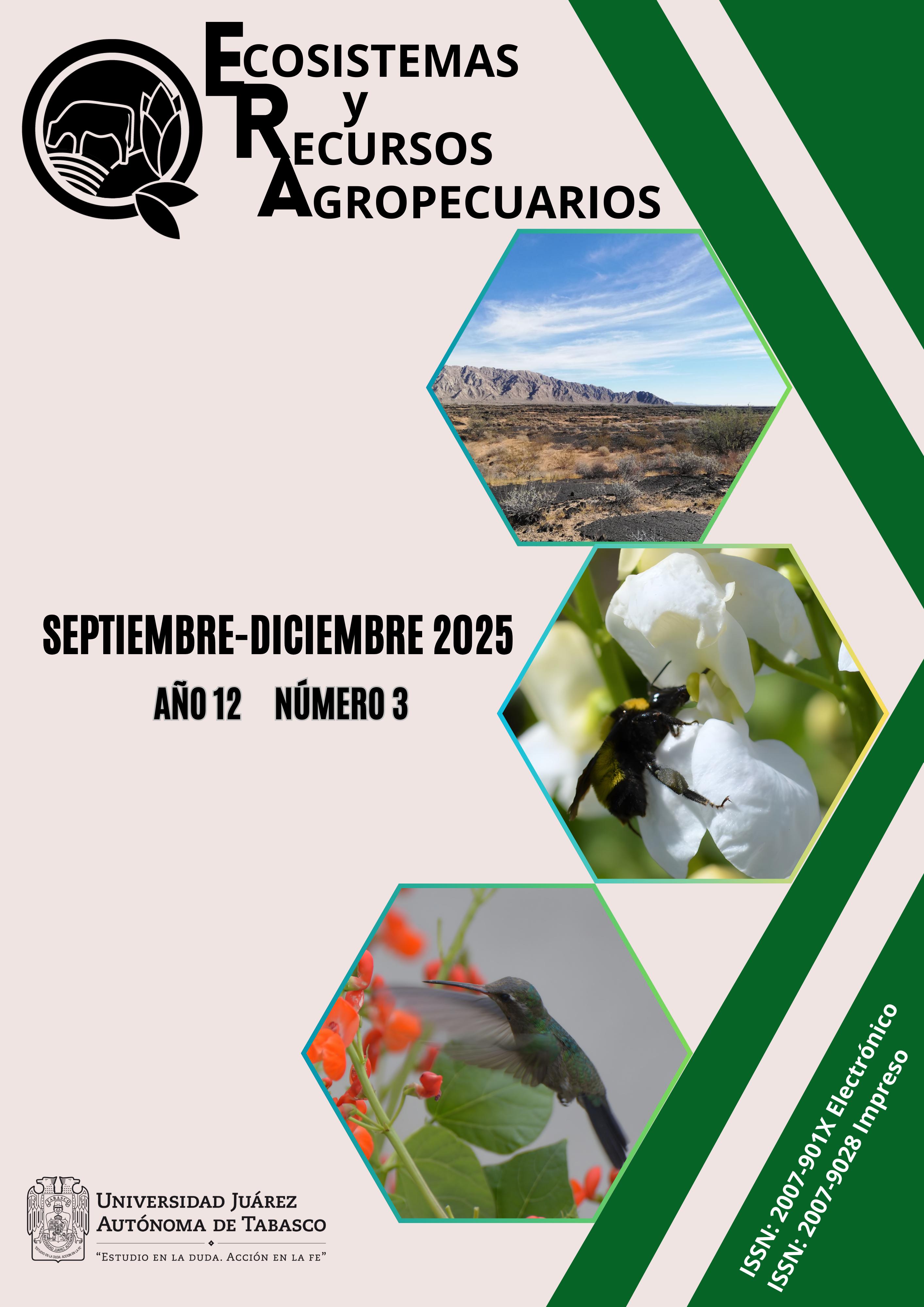ANUNCIO
Queremos agradecer su paciencia con los problemas técnicos que han encontrado en esta plataforma OJS. Estamos trabajando para resolverlos. Mientras tanto, les pedimos amablemente, que envíen correo a era@ujat.mx si no pueden iniciar sesión o subir un documento en su cuenta en Ecosistemas y Recursos Agropecuarios. Si desea crear una cuenta nueva, solicitarla también por correo electrónico. Nuestro equipo se pondrá en contacto con ustedes para proporcionarles sus credenciales o para subir el documento.
Read more about ANUNCIO
